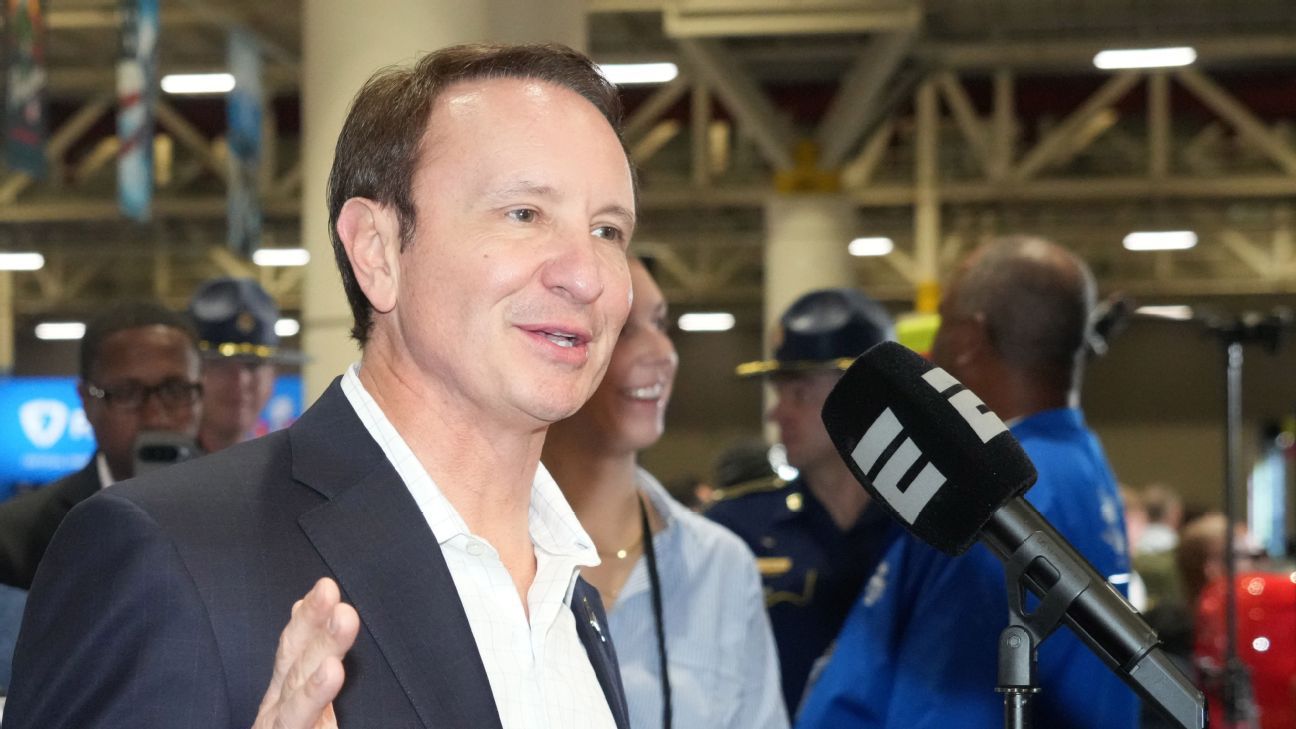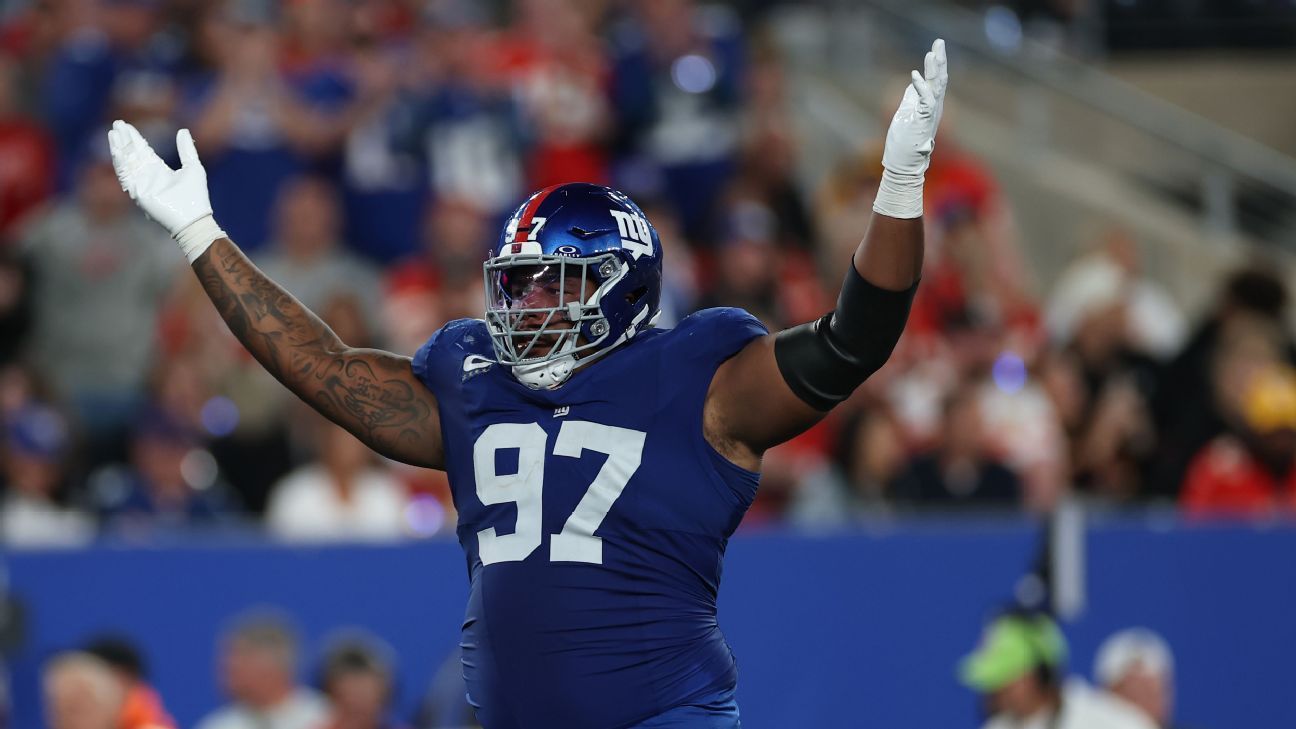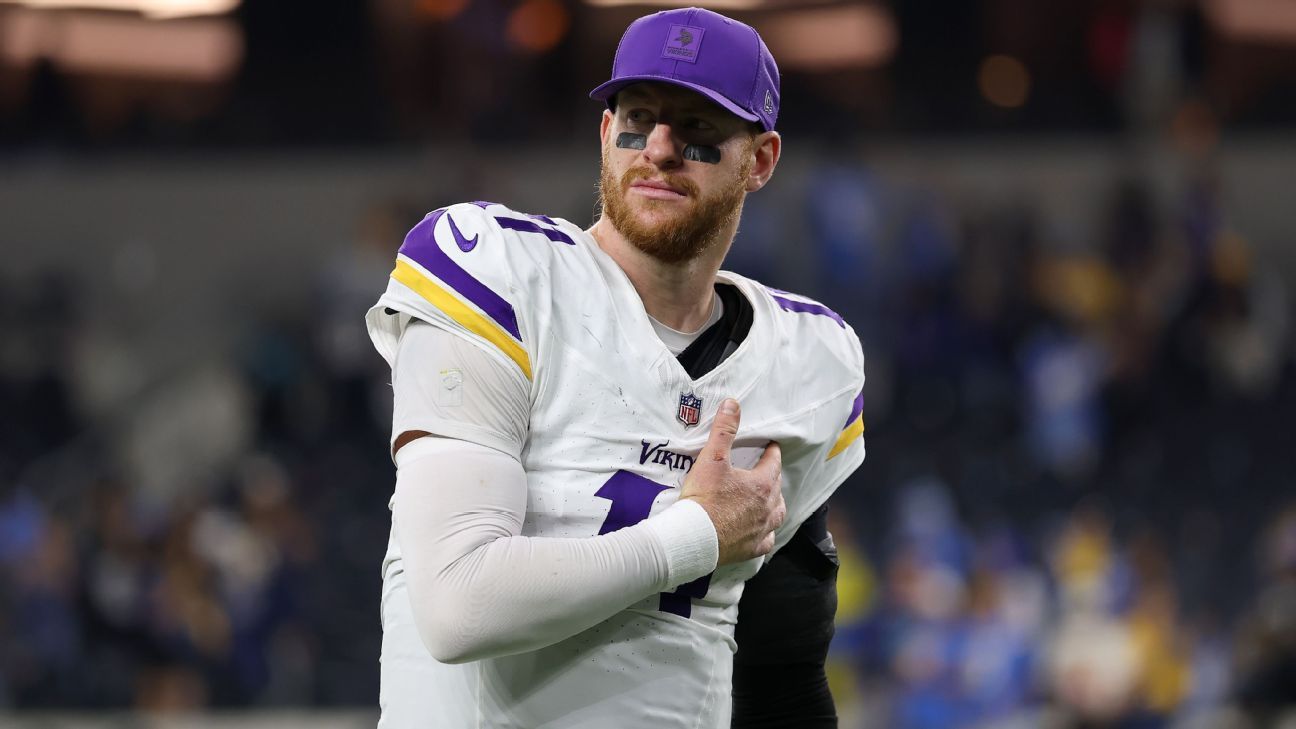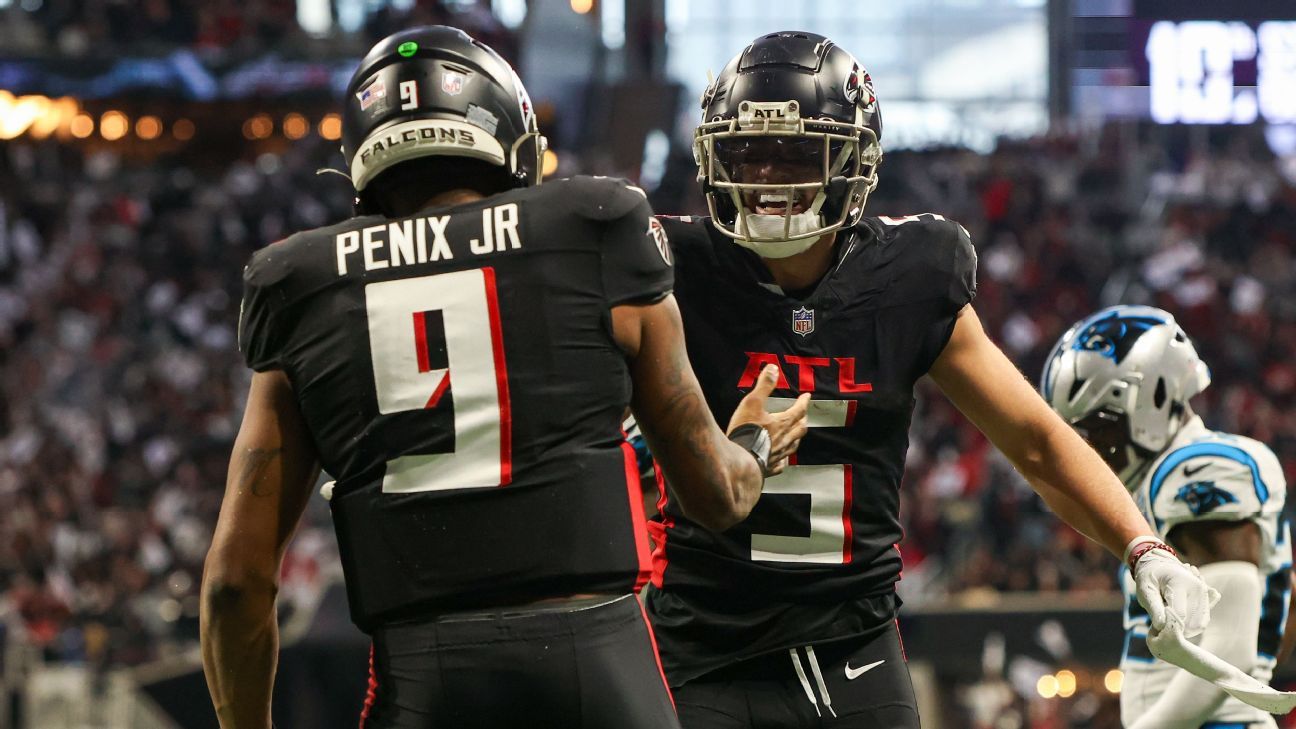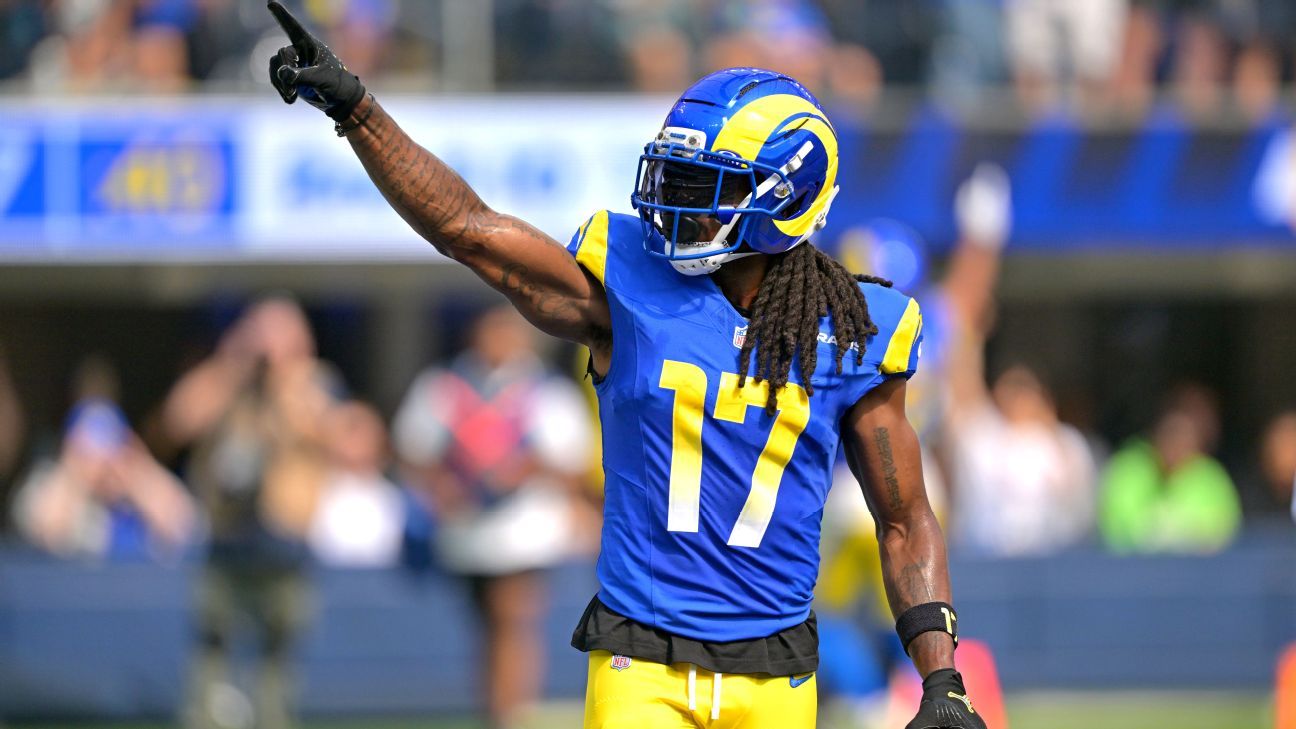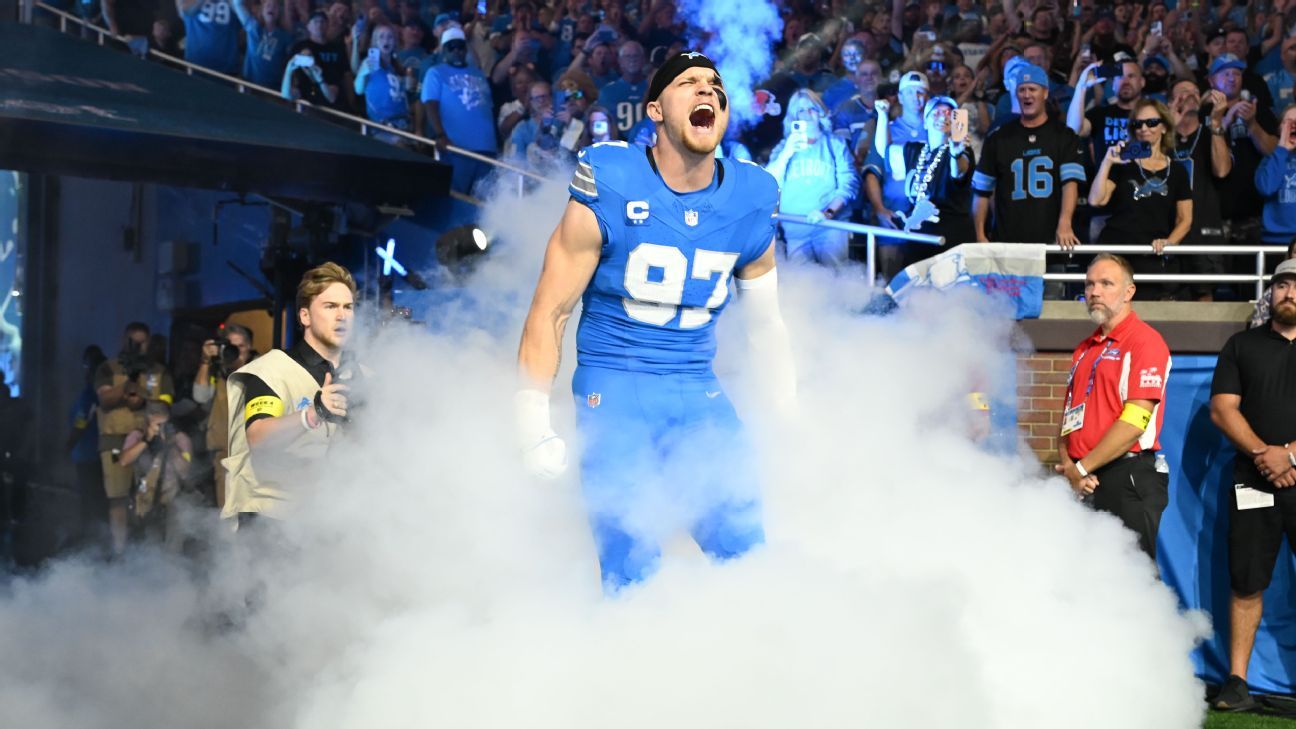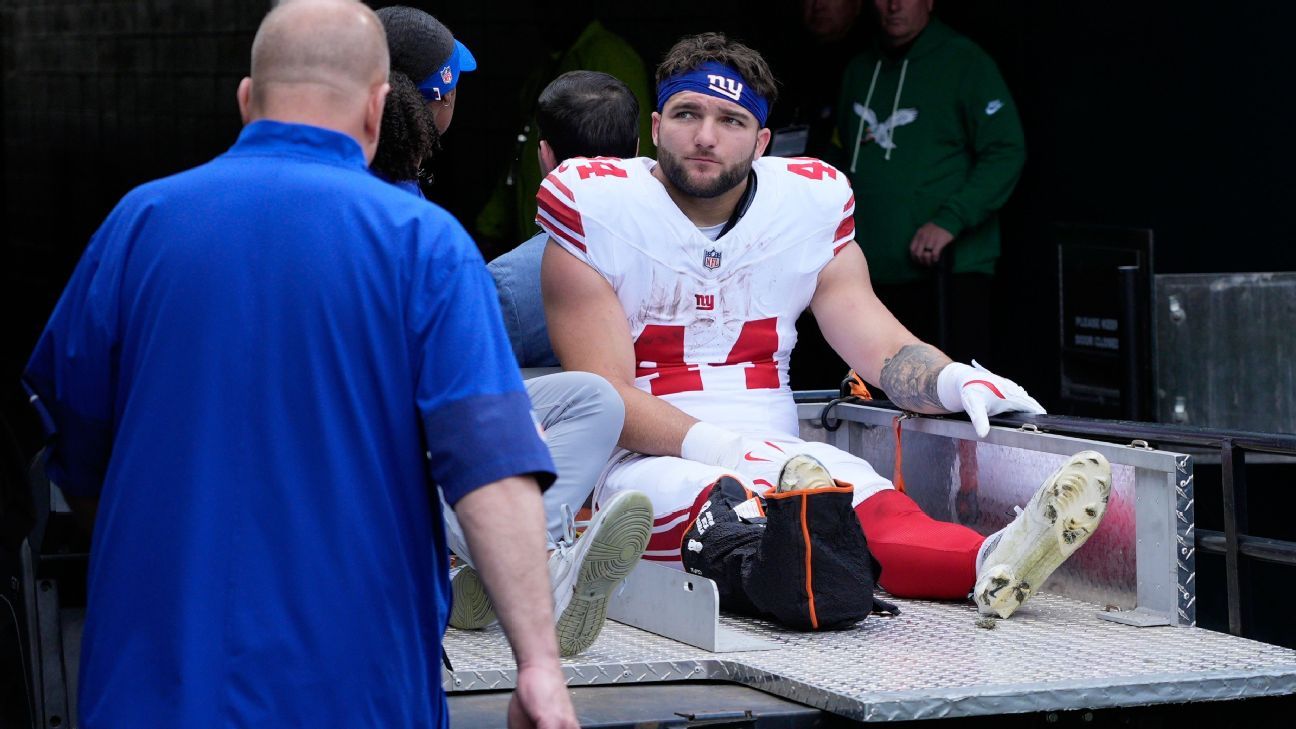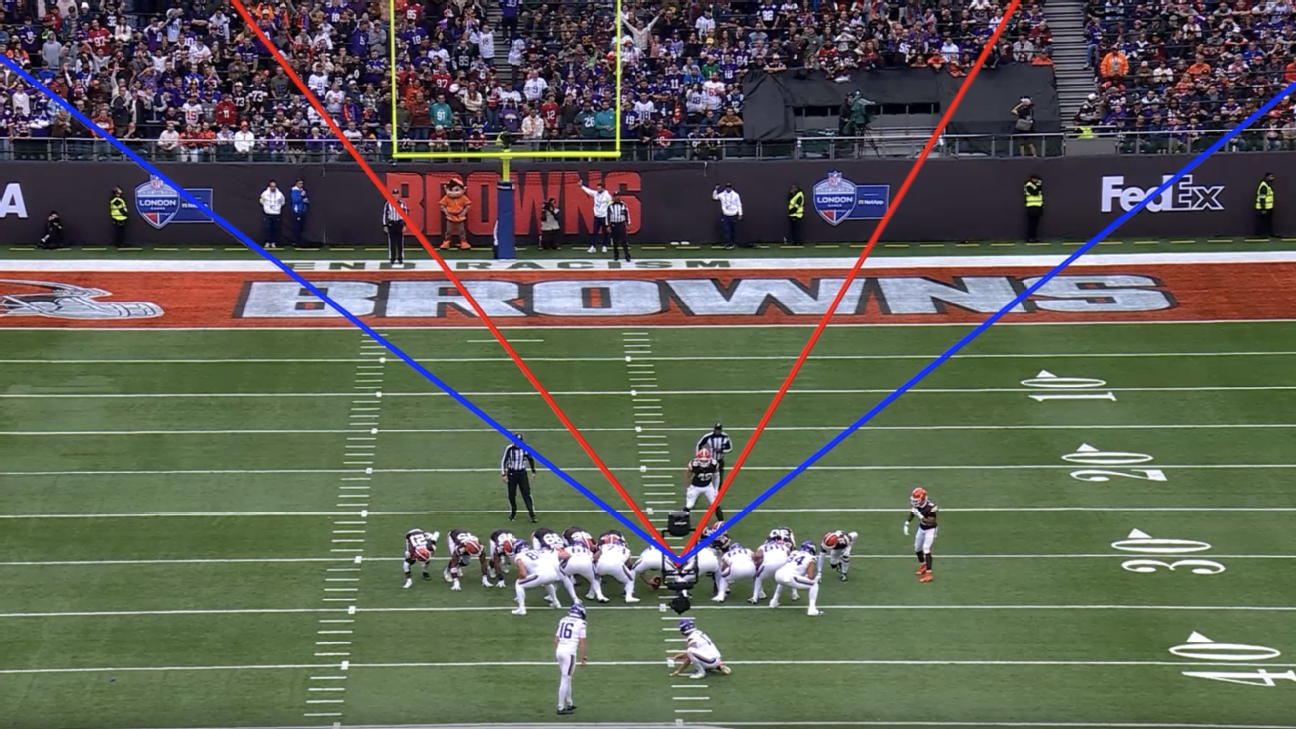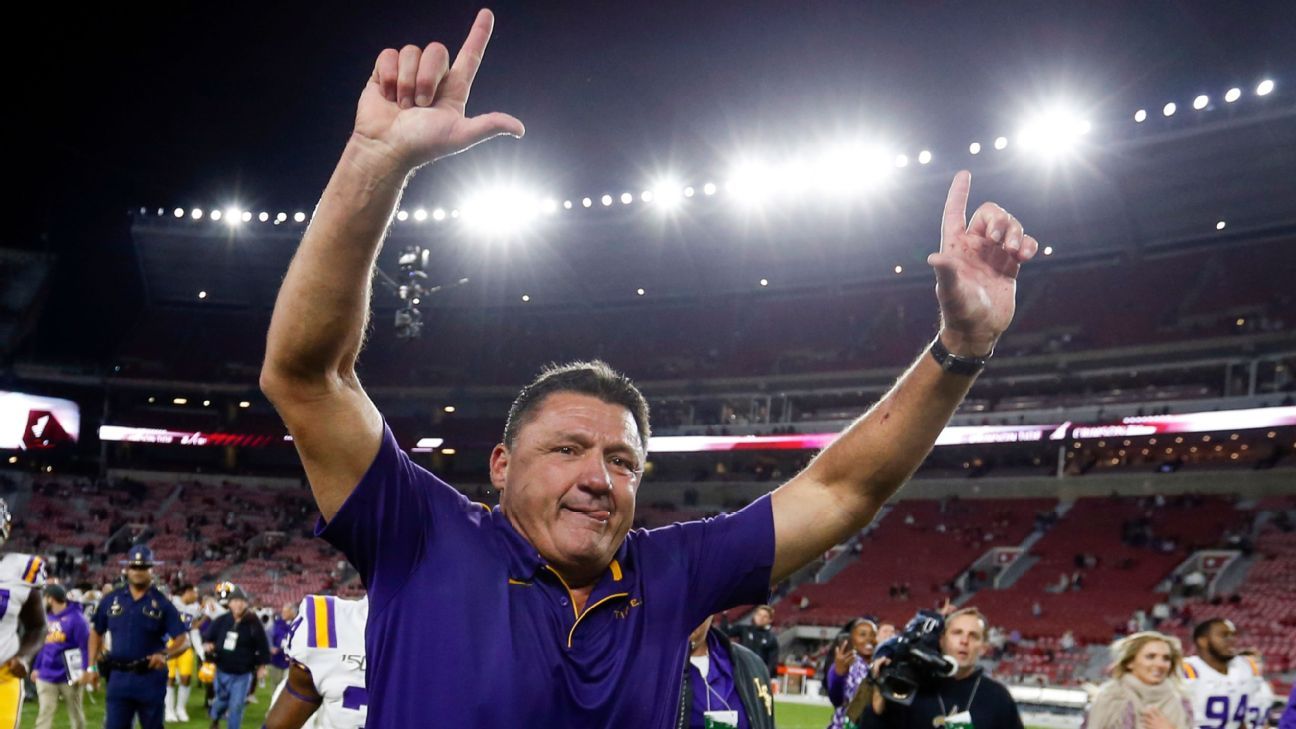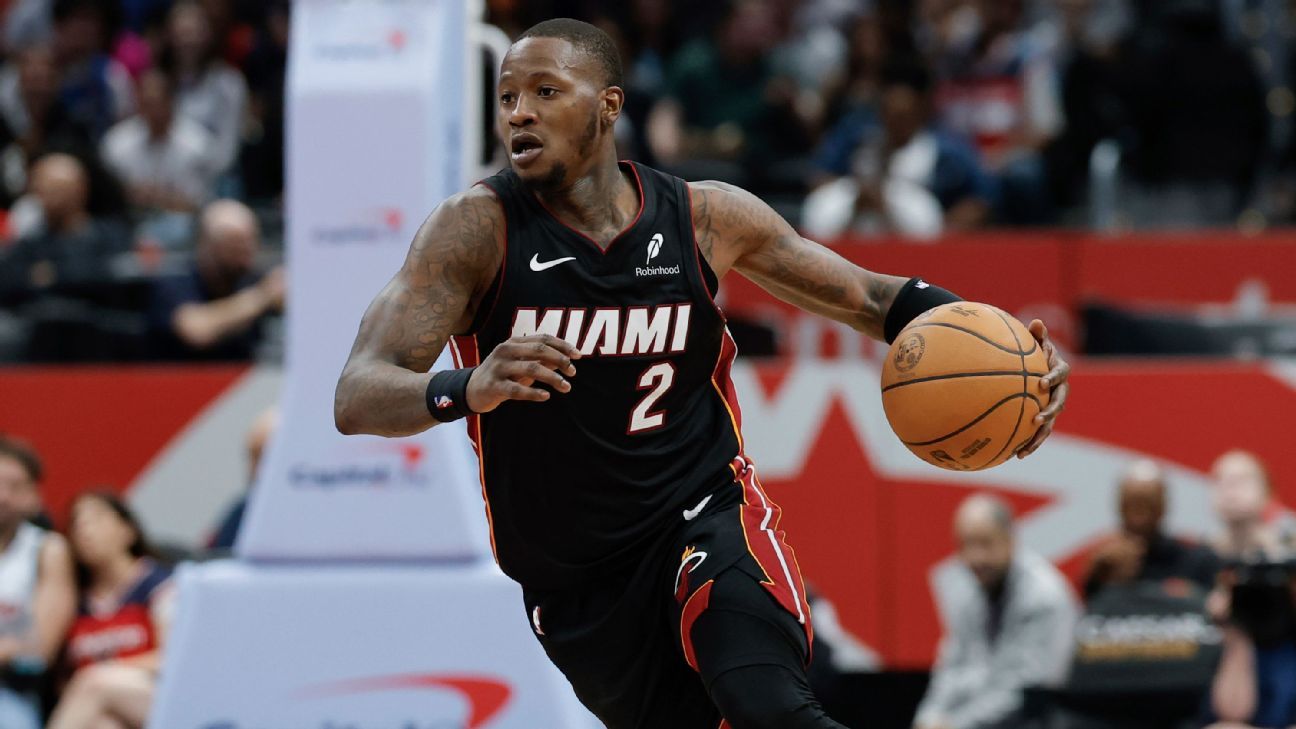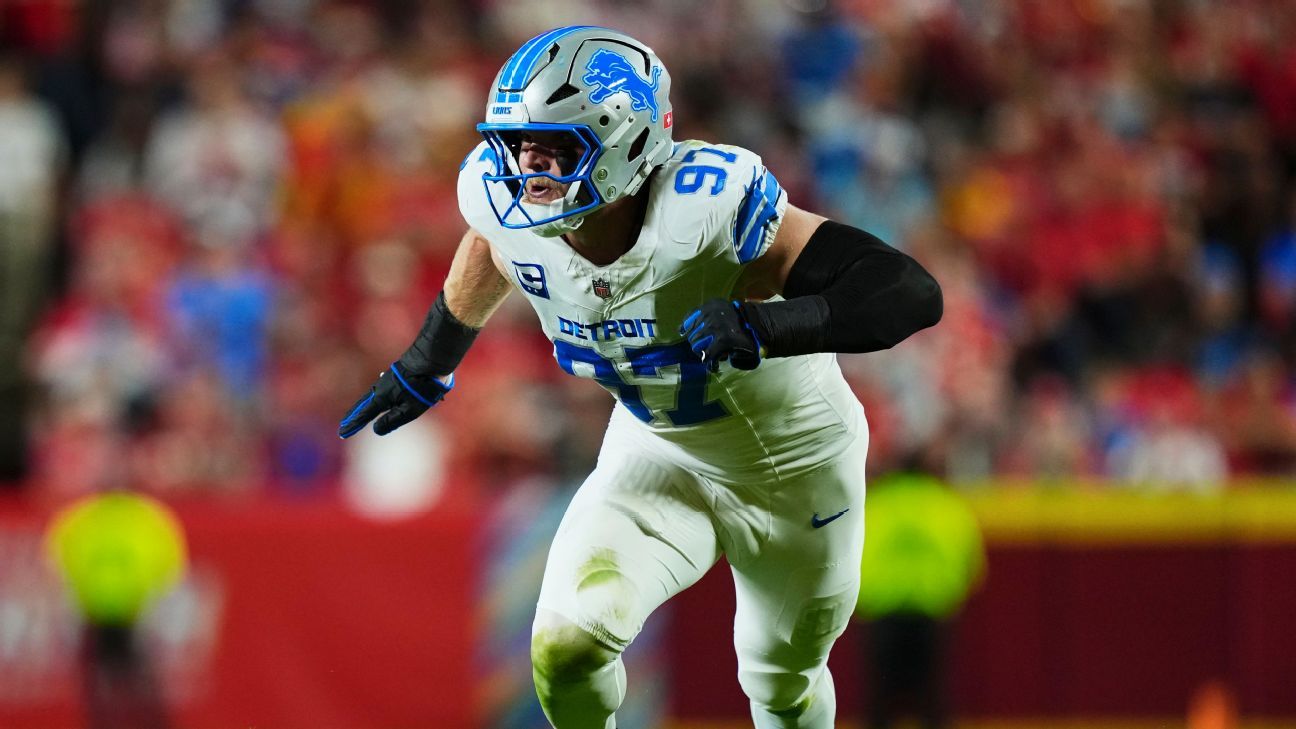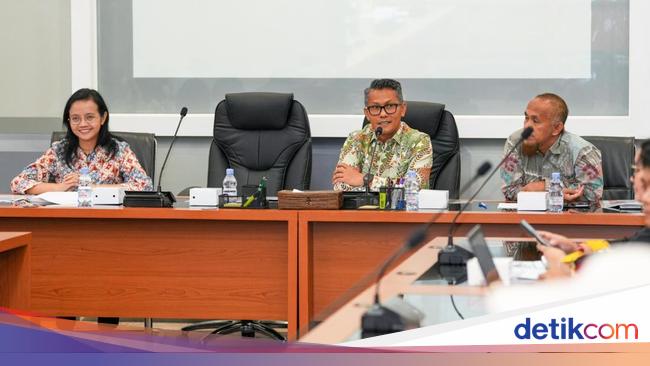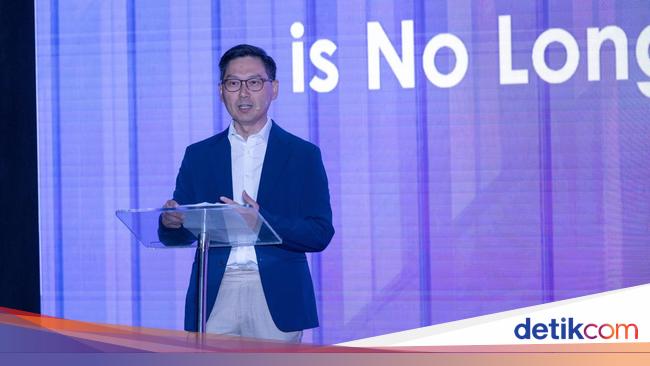
Jeff KassoufOct 29, 2025, 08:22 AM ET
- Jeff Kassouf covers women's soccer for ESPN, focusing on the USWNT and NWSL. In 2009, he founded The Equalizer, a women's soccer news outlet, and he previously won a Sports Emmy at NBC Sports and Olympics.
The ink had barely dried on the paperwork for the blockbuster transfer of forward Alyssa Thompson to Chelsea, from Angel City FC, before U.S. women's national team coach Emma Hayes was in New York to address the NWSL's board of governors.
Hayes already knew that some NWSL executives were suggesting she was telling USWNT players that they needed to play in Europe. Thompson's move, driven by Chelsea's aggressive pursuit of the winger, was a tipping point that gave the longstanding rumors new life and set in motion a certain degree of panic inside NWSL circles.
So, Hayes took her own advice that she shared with media last year on her first official day on the job. "In the absence of communication," she said, there is "usually the wrong type of conversation."
Hayes stood in front of the boardroom of owners and NWSL commissioner Jessica Berman last month and, multiple sources told ESPN, asked them a simple question: Women's soccer players have fought their entire lives for freedom of choice. Why would I take that away from them?
The fact that Hayes felt compelled to address the matter so directly speaks to the level of consternation among some in the NWSL about losing top USWNT players to elite European clubs. Whether that should be such a major concern in a rapidly evolving global landscape is a different question entirely.
- Inside how USWNT chooses opponents, venues for friendlies
- Who is the best teen in the NWSL? Ranking every U-19 player
- Ranking the 10 greatest NWSL teams of all time: Who's No. 1?
What has changed for USWNT players
As Hayes said: Players are free to sign contracts wherever they want.
Ten years ago, that wouldn't have really been true for a player that aspired to be a USWNT regular. But it's truer than ever thanks to the adoption of full free agency in the NWSL's new collective bargaining agreement that was signed last year. In conjunction with the elimination of U.S. Soccer-backed contracts for national team players to play in the NWSL, USWNT players can now play wherever they want -- both domestically and abroad.
Hayes touted this freedom of choice publicly last week, about a month after her private message to the NWSL's board, saying that she tries "to meet the players where they're at in their lives" when they approach her about their club futures.
"My role as a coach is to listen, to support, to guide, and each and every player has different needs at different moments," Hayes told reporters. "Usually, the process is that they've made their decisions about what they want to do, and they'll come to me asking how to start preparing for that."
That was the process for Thompson's big move to Chelsea, both Thompson and Hayes said.
2:16
Keogh: Thompson to Chelsea a 'big loss' for the NWSL
Emily Keogh talks about USWNT forward Alyssa Thompson's potential move to Chelsea from Angel City.
Chelsea expressed a desire to sign Thompson, and the 20-year-old expressed that she wanted to challenge herself with what she called "her dream team" in her first interview with the club. Hayes simply wanted to make sure Thompson understood the realities and challenges, including moving away from her sister, Gisele, who had been her teammate for club and country. The USWNT coach said she was more worried about the move than Thompson.
The biggest changes in recent years for Americans deciding where to play? First: The willingness of top clubs, European and NWSL alike, to spend more. All six $1 million-plus transfers have occurred this year, and all of them featured clubs from Europe or the NWSL. As European teams spend more money, more of those transfers move in that direction across the Atlantic Ocean.
Second: U.S. Soccer's decision to remove itself from the NWSL's business, literally. Until 2022, USWNT players signed contracts with U.S. Soccer even for their NWSL play. These "federation players" were, at the time, the highest-paid players in the NWSL. The previous setup was a way to keep USWNT players in the NWSL, a league founded and operated by U.S. Soccer until 2021. All 23 players on the 2015 and 2019 World Cup-winning sides were based domestically (Abby Wambach had no club team during the 2015 World Cup).
Former USWNT forward Christen Press has spoken openly about how her initial stint abroad was cut short in 2014 because she was told by U.S. Soccer to come to the NWSL if she wanted to be on the national team.
USWNT midfielder Lindsey Heaps said again last week what was already known for years: "My initial decision when I was at PSG to come back to the U.S. [in 2016] was made because of a conversation with Jill [Ellis, former USWNT coach] and I. At the time, you kind of needed to be in the U.S. because of our camp status at the point." A young Heaps had wanted to make the 2016 Olympic roster.
But the USWNT's new CBA, ratified in 2022, now pays players based solely on their call-ups to and appearances with the USWNT. The effect has been a more competitive USWNT pool that is free of contractual obligations, and a shift in the balance of power between U.S. Soccer and NWSL teams.
As one NWSL general manager, speaking on the condition of anonymity, told ESPN, NWSL teams used to be at the mercy of the federation when it came to USWNT players because U.S. Soccer paid their salaries. Now, "the script has flipped" and the NWSL teams are investing millions in players.
USWNT players and the lure of Europe
The migration of top USWNT players to Europe is not a new phenomenon. Megan Rapinoe and Alex Morgan went to Lyon in 2013 and 2017, respectively, earning more money there in a month than many NWSL colleagues earned in the corresponding season. (The NWSL's minimum salary when it launched in 2013 was $6,000.)
Throughout the NWSL's history, a select few have made jaunts to Europe. Some, like Press, were driven there in search of an opportunity to kick start their international career. Others, like Rapinoe and Morgan, had the chance to leave their comfort zone while also being paid unprecedented wages as stars in their primes. More recently, Rose Lavelle and Sam Mewis moved to Manchester City after their breakout 2019 World Cups.
And then there was the rarest path, that of an American teenager bypassing college soccer altogether and moving to Europe to chase the dream. Heaps blazed that trail from Colorado to Paris Saint-Germain as an 18-year-old in 2012.
Historically, a flood of USWNT players going to Europe has been cyclical in nature. The aforementioned stars left the NWSL after either a World Cup or an Olympics -- the down years of a four-year cycle. Girma and Thompson have done the same, although they signed long-term contracts to stay at Chelsea. Longer contract terms are a global trend in the women's game, which has led to transfer fees quadrupling to over $12 million globally in just two years.
Ideally, Hayes and Heaps said, players don't change clubs in a World Cup year so that they have a consistent environment, but even that is not a rule set in stone.
"There's just so much that goes into it," Heaps told reporters last week. "Each individual is different. You can't compare experiences, but the best you can do is share your experience, what worked for you, what didn't, and just be very open."
Fast forward to today, the high-paying, record-breaking transfer opportunities at major European clubs are still only for the top 1% of players.
USWNT defender Naomi Girma left San Diego Wave FC for Chelsea in November in the world's first $1 million transfer. Thompson followed in September in a $1.4 million transfer. Each player is among the best or projecting to be one of the best in the world in their respective position. Lily Yohannes is the 18-year-old star in the making who has played in Europe for years already -- and is now Heaps' teammate at Lyon and with the USWNT.
Multiple NWSL general managers told ESPN recently that the competition for top players in the world, including Americans, is still only with a handful of European teams. One GM framed the exclusive group of competitors willing to spend big as restricted to the UEFA Champions League quarterfinalists. That pool of European teams competing in this financial arms race hasn't changed drastically over the past decade: eight-time European champions OL Lyonnes and Chelsea lead the way, alongside a few others.
Those teams are perennial contenders in the Champions League, which is a driving force in players' decisions. For many Americans, potentially driven by the prominence of the men's competition, the UEFA Women's Champions League is still the biggest club trophy they can win.
Yohannes moved to OL Lyonnes in the summer after her breakout year at Dutch club Ajax.
"Lyon is such a big club and a club that I've grown up watching and looked up to," Yohannes said last week ahead of the USWNT's game in Chester, Pennsylvania. "To have the opportunity to join the club, I was really excited. Just hearing the project and their plan for me, I think that the football style suits me. It's such an amazing club with so many world-class players. That's sort of what went into it [the decision] among other aspects and factors."
NWSL teams don't currently play in any competition that matches the stature of the UEFA Champions League -- Concacaf's equivalent competition is only in its second season. There are also myriad factors in players' personal decisions, including the desire to experience a different culture abroad.
USWNT defender Emily Fox left the NWSL for Arsenal in early 2024 to experience the different culture and big stadiums in London. A little over a year later, she played a prominent role in Arsenal's shocking run to a UEFA Champions League title.
However, not every move abroad leads to glory. Jenna Nighswonger left NJ/NY Gotham FC for Arsenal after winning an Olympic gold medal last year and has struggled to earn first-team minutes. USWNT veteran Crystal Dunn hasn't been able to break into Paris Saint-Germain's preferred starting 11 either.
Can the NWSL stop Americans from leaving?
Players' individual preferences and dreams can neither be changed nor controlled. Paris or London will always be, well, Paris or London (among other destinations): appealing lifestyles abroad on top of great professional opportunities.
There is also general agreement that exposure to diverse playing styles is beneficial, especially when World Cups come around. Heaps, while acknowledging the unique situation of each player, also concedes that she thinks every player should experience different cultures in their career. And Hayes speaks frequently about the benefits of the UEFA Champions League, including last week when she complimented Portugal for defeating the USWNT.
But the recent moves of Thompson and Girma out of the NWSL to Chelsea have sparked a renewed debate around the NWSL's salary cap, which will remain in place at least until 2030 per the collective bargaining agreement signed last year. The league's cap will rise from a $3.3 million base this year ($3.5 million with revenue sharing) to a $5.1 million base in 2030.
One NWSL general manager, speaking on the condition of anonymity, told ESPN that they are "worried more dominoes will fall" in the upcoming transfer window. Thompson was a major loss for the NWSL on and off the field as one of the league's brightest young Americans. Washington Spirit forward Trinity Rodman, arguably the NWSL's and USWNT's biggest star, is out of contract at the end of the year.
There is widespread worry among league executives that the salary cap will not proportionately increase with the global market to keep NWSL teams competitive. Allocation money, which previously allowed clubs to spend outside the cap, is being phased out.
And while some sources have talked to ESPN at least about the desire to create some kind of designated player rule to pay top players outside of the cap, there is no indication that such a concept will soon come to fruition.
The cap is especially annoying for the most ambitious NWSL teams, many of whom feel that their goal of being the best club in the world is unreachable in a league with a salary cap -- a foreign concept to their European foes. If the NWSL can't attract the world's best players, it will struggle to keep calling itself the best league in the world.
Berman, asked by ESPN in a media roundtable after September's board meeting concluded, said NWSL clubs can still be the best in the world within a salary-cap structure.
"I actually think we can be both; we can be the best league in the world and have the best club in the world, because we have the right infrastructure and the right investment and the right operational model where our teams, our owners are partners in business," she said.
The rapidly evolving global economy continues to challenge that notion. The world record for a transfer fee roughly doubled in about 18 months, and experts ranging from team executives to agents don't expect the pace of growth in spending to stop anytime soon. That presents a unique problem for the NWSL, which, aside from a major variable around revenue sharing, has a defined salary cap for the next five years.
That, however, is the NWSL's problem to solve. While the league and federation are still partners, the NWSL's concerns are no longer so directly the concerns of the USWNT. What Hayes and her ever-deepening pool of players need are clubs that will push them to be their best individually -- wherever that might be.
"The amazing thing about the women's game and where it is, is that there are opportunities for players," Hayes said. "We want the USWNT to be the best team in the world. We want them to be in the best environments in the world. And yes, ideally that could be in the NWSL, but it's not my choice."
Each player has her own choice to make, and there are more realistic options than ever.

 10 hours ago
6
10 hours ago
6
